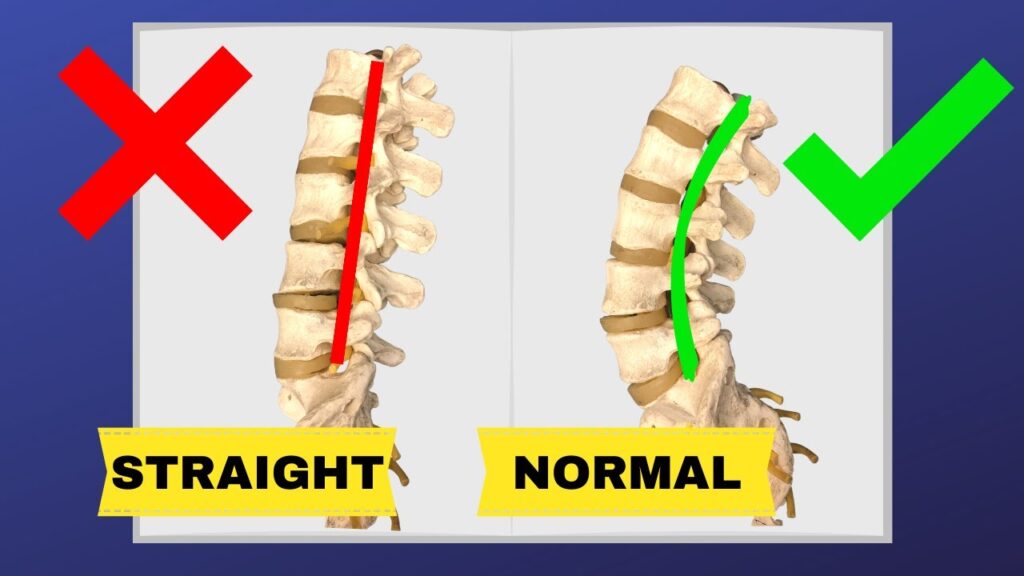
Lower back pain is a common disability that most people experience at some point in their life.
Sudden ‘acute’ pain can be triggered by heavy lifting, sports activities, etc. Dull aches that last over three months are termed ‘chronic’ back pain.
Learning about the anatomy of your lower back will help you understand how to treat or even prevent lower back pain.
The basic structure of the lower back
Your lower back stabilizes your spine and allows you to twist, turn, and bend in different directions. A complex network of ligaments and muscles supports the lower back to power these moves.
The lower back or the lumbar spine is situated just below the ribcage. It connects to the thoracic spine at the upper end and to the pelvis at the lower end. The lumbar spine is weight-bearing and can take on the stress of lifting and carrying heavy items. It has a natural inward bend to form a C-shaped lordotic curve.

Any back problem that increases or decreases the lordotic curve can cause lower back pain. Lordosis is necessary for balancing the weight of your head on the spine. It prevents the concentration of stress in the lower back and distributes your upper body weight evenly into the lower body.
The anatomy of the lower back:
- Vertebrae: The lower back anatomy is made up of 5 vertebral bones stacked one above the other. They are labeled L1 to L5 and progressively increase in size with L5 being the largest.
- Discs: There are intervertebral discs between the vertebral bones. These 5 discs cushion the joints and work as shock absorbers when you twist, turn, arch, or bend your back.
- Facet joints: Specialized joints connect the vertebral bones to the back of the spine, providing stability and strength to your lower back. These are paired facet joints with cartilage lining their surfaces and they allow the spine to move smoothly in various directions such as bending back and forth or sideways.

- Nerves: Just like the vertebral bones, nerves in the lumbar spine are also labeled L1 to L5 as nerve roots emerge from the spinal cord and exit between the vertebrae.
- Lumbar spinal nerves have sensory fibers for sending messages to your brain and motor fibers that accept messages from the brain.
- L1 to L5 spinal nerves provide sensations such as touch, itch, pain, etc., and control movements of your entire lower body from your hips to knees and toes.
- The lumbar nerves progressively get bigger as their number goes up. L4 and L5 lumbar nerves form part of the sciatic nerve, the largest nerve in the body that starts from your rear pelvis and moves down the back of your leg and all the way to your foot.

- Spinal cord: The spinal cord is made up of nerve tissue that originates in the brain, at the base of the skull, and extends down your back till it reaches the Conus medullaris, the point at which the spinal cord gets terminated.
- Cauda Equina: The spinal cord ends at the lower back and then gives rise to spinal nerves which bush out like a horse’s tail. These descending spinal nerves are known as the cauda equina. The lumbar vertebrae encircle and protect the spinal cord and the cauda equina.
Conclusion

The lumbar spine is strong, resilient, and weight-bearing. It is also highly flexible, allowing your torso to bend back and forth, twist and turn and rotate sideways. However, considering the constant loads and high stress it’s subjected to, various problems can occur, resulting in lower back pain.
Knowledge of lumbar spine anatomy helps you better understand and identify problems that tend to affect this area, such as sciatica and localized muscle pain. You will also be able to discuss these issues more effectively with your doctor.
